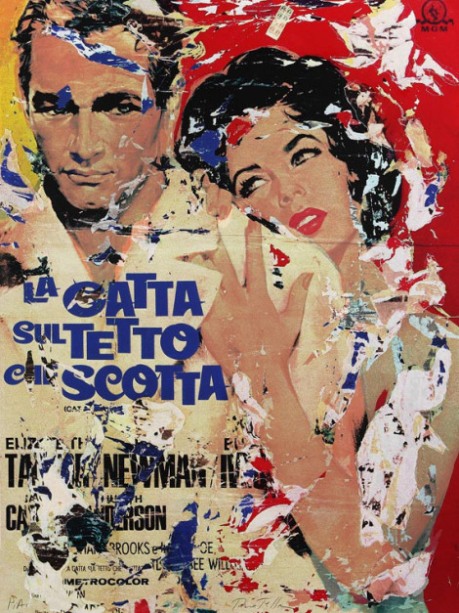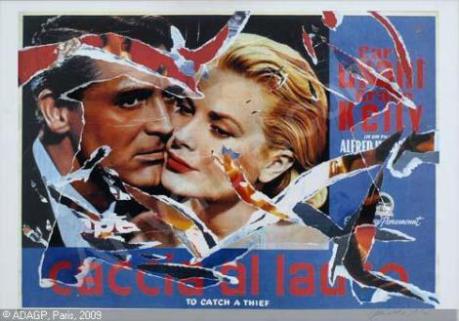Fig 1. New Walk Museum http://www.contemporaryartsociety.org/wordpress/wp-content/uploads/originals/media/uploads/2010/02/3773/leicester-museum-mg-1099-jpg-827×550.jpg
I visited New Walk Museum (fig 1) On Wednesday 13th November 2013, and was a little disappointed by the standard of the museum and what it offers. I looked at the World Arts sector of the museum, and found that it was very limited, and that it wasn’t very big. I found that all of the pieces were placed very close together as well, and didn’t use the space available as well as it could. Unfortunately the Art Gallery was closed due to refurbishment, and this was extremely disappointing.
Fig 2. Owl Vase http://www.leicester.gov.uk/your-council-services/lc/storyofleicester/cityheritage/peopleofleicester/lordrichardattenborough/
On the other hand, one part of the museum that I did quite like was Picasso’s Ceramics. I found the pieces very intriguing, and I particularly liked how Picasso managed to transfer his diverse and unique style onto ceramic vases and plates. I especially liked the owl vase shown in fig 2. I was amazed by the way Picasso managed to take an everyday, useful object and turn it into something quite quirky and unique. After visiting the museum I actually carried out further research, and found that Picasso did a lot of work with ceramics, especially vases and plates. Another piece of Picasso’s I really liked was ‘Dove’ shown in fig 3. Similarly I liked how Picasso used an everyday object to create a piece of art, but also I like how he uses complimentary colours to create beautiful patterns, and manages to give the piece its own personality.
Fig 3. Dove by Pablo Picasso http://www.masterworksfineart.fr/inventory/picasso/original/picasso4791_2.jpg
Whilst I was at the museum, I also looked at the Space and Dinosaur exhibitions. I found these particularly engaging, and the electronic activities in the Dinosaur sector were particularly entertaining and interesting. The microscopes over the smaller pieces meant that you were able to look close up, and it was very interesting. Likewise I thought the space sector was particularly engaging with the electronic sounds and facts. Also the fact you can go underneath the pieces and pop your head up in a see through ‘bowl’, so you can see the pieces from a different angle.
Fig 4. Dinosaur Sector at New Walk Museum http://farm9.staticflickr.com/8226/8495084381_4537e76922_o.jpg
Overall I would say that the New walk Museum in Leicester is not the best museum to go to if you are particularly interested in art, bearing in mind the art gallery was closed when I visited. However, if you like ceramics I would recommend going to look at Picasso’s ceramics as I found this particularly interesting. In addition the other sectors in the museum were more engaging and interesting, and there was a lot more ‘content’ to look at and was far more entertaining.
Word Count: 419
Bibliography:
ART FUND (2013) New Walk Museum and Art Gallery [WWW] Available from: http://www.artfund.org/what-to-see/museums-and-galleries/new-walk-museum-and-art-gallery [Accessed 15/11/2013]
LEICESTER CITY COUNCIL (2013) New Walk Museum and Art Gallery [WWW] Available from: http://www.leicester.gov.uk/your-council-services/lc/leicester-city-museums/museums/nwm-art-gallery [Accessed 15/11/2013]
PICASSO. P (2004) Picasso and Ceramics Hazan



















